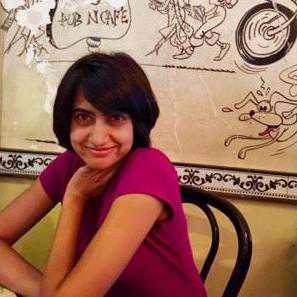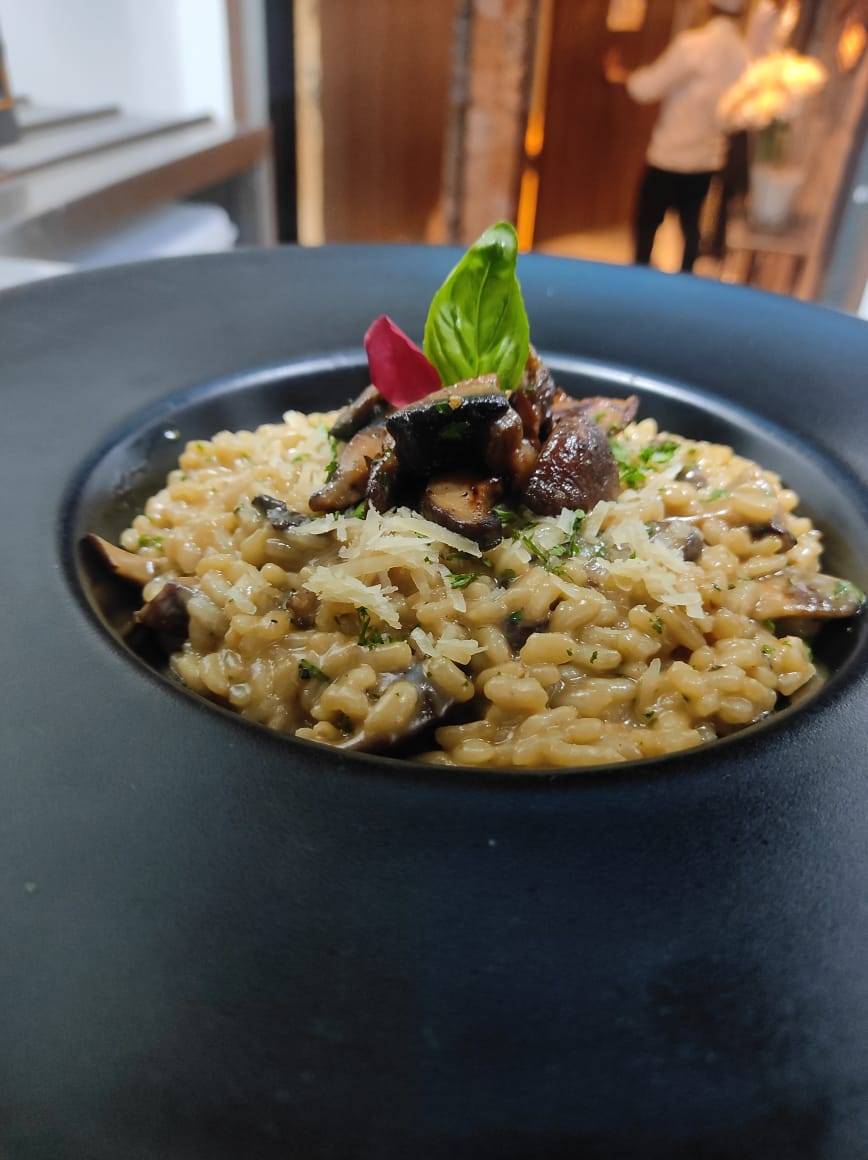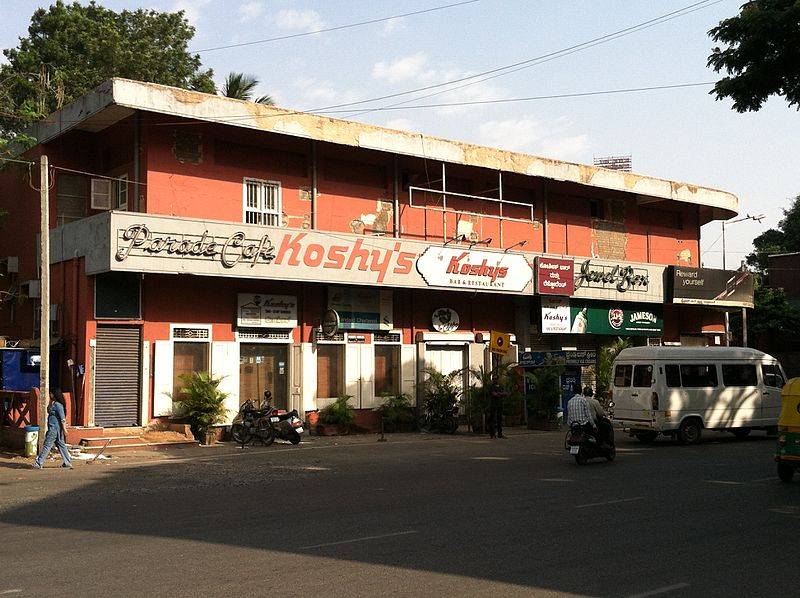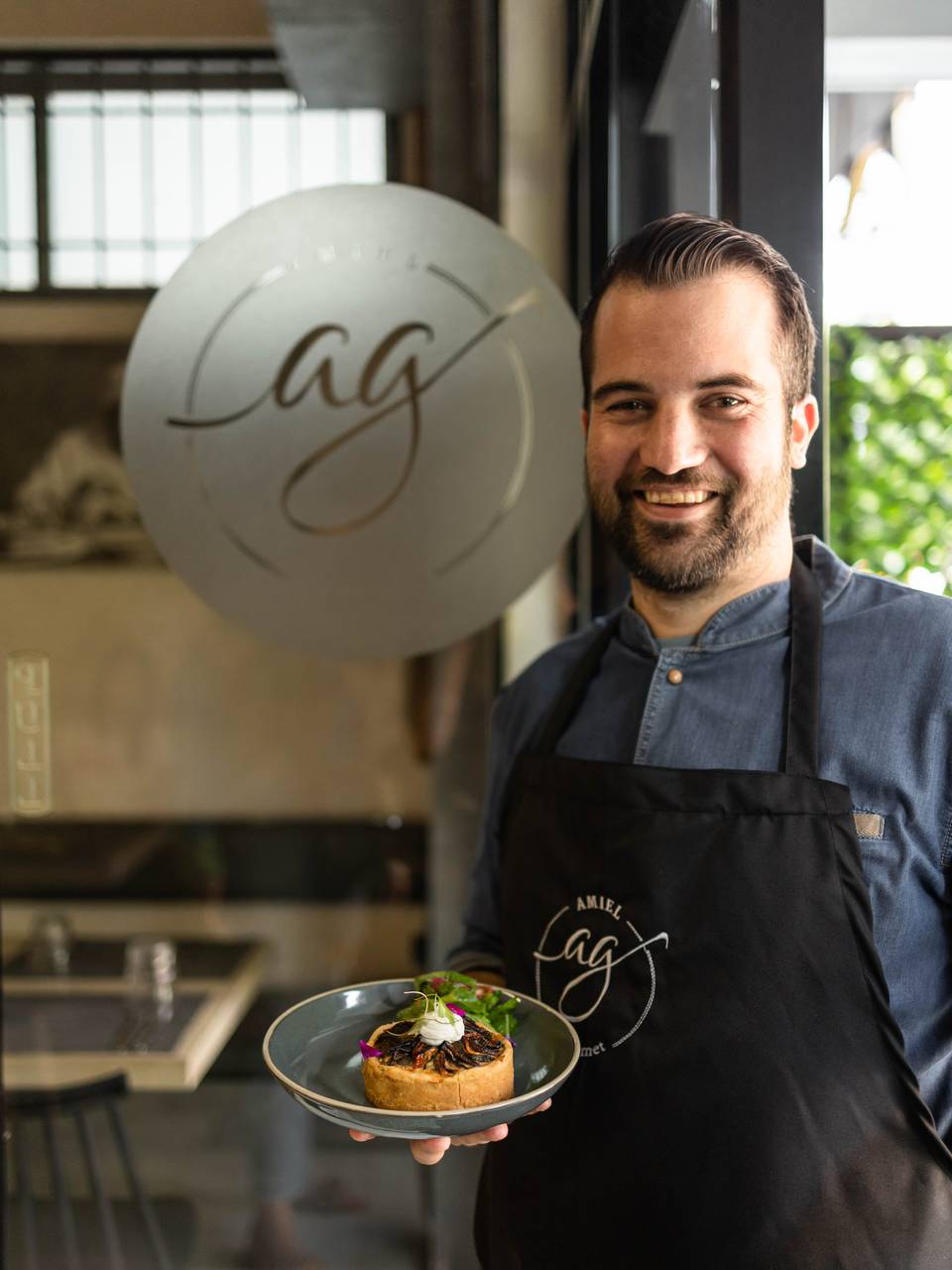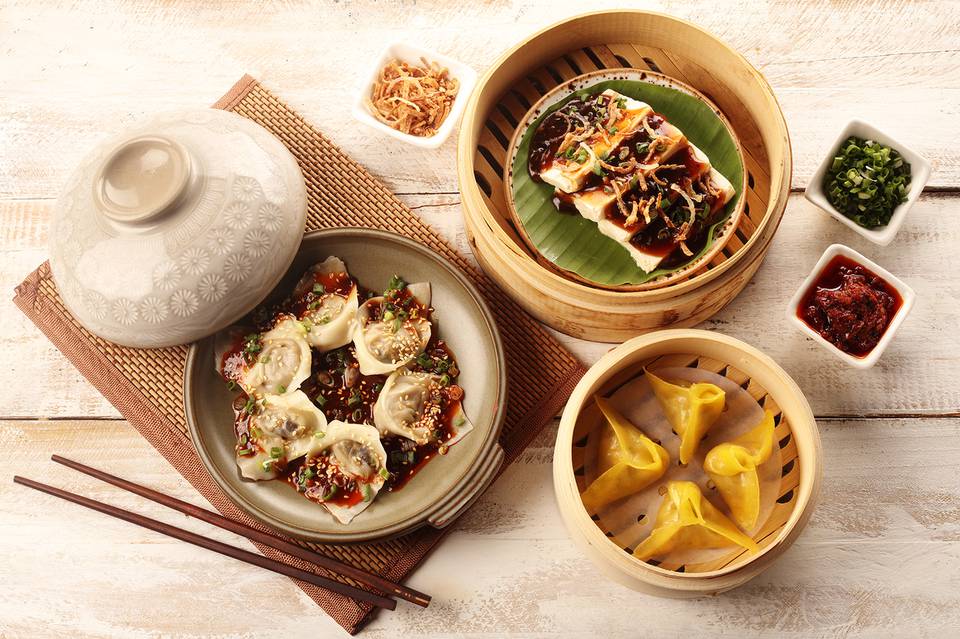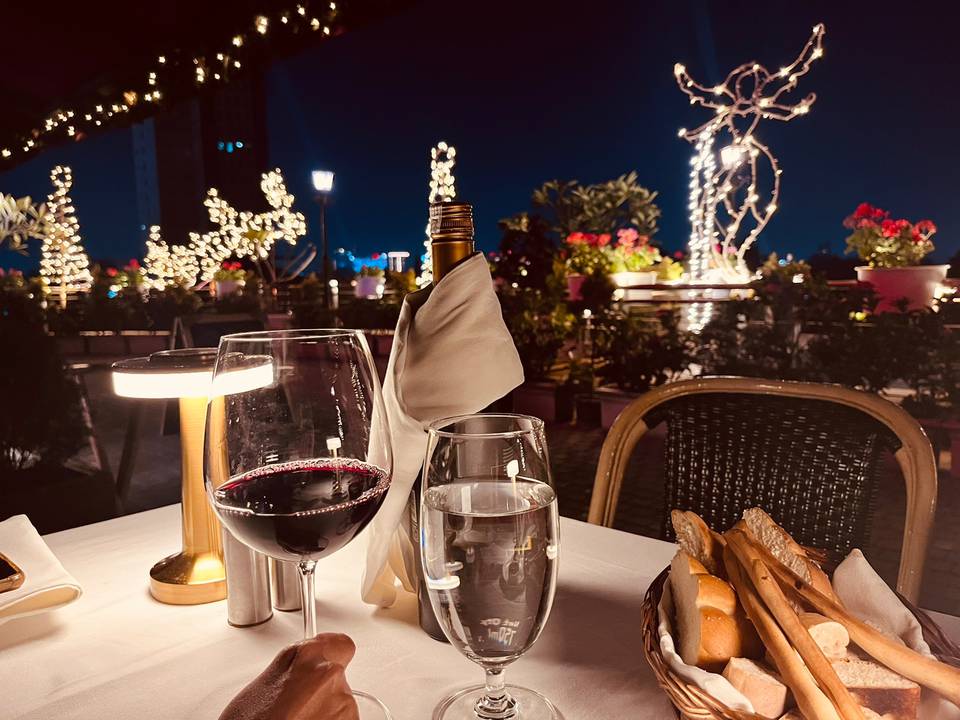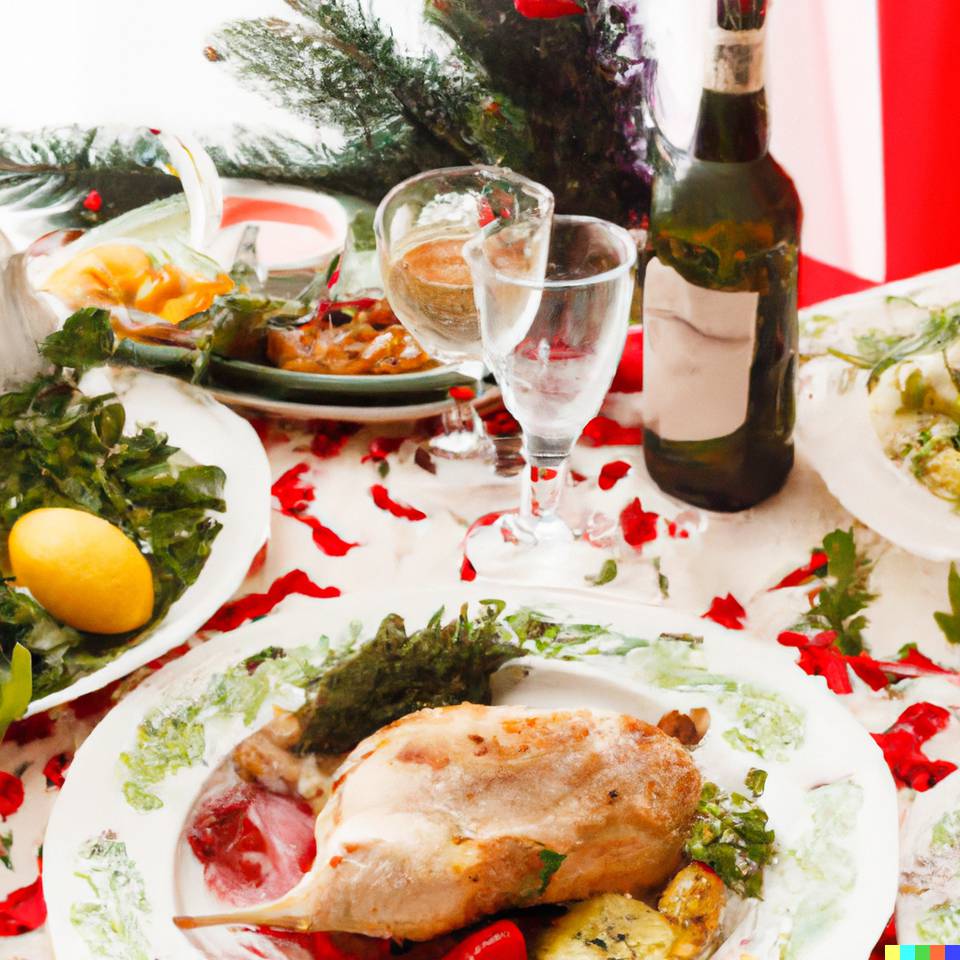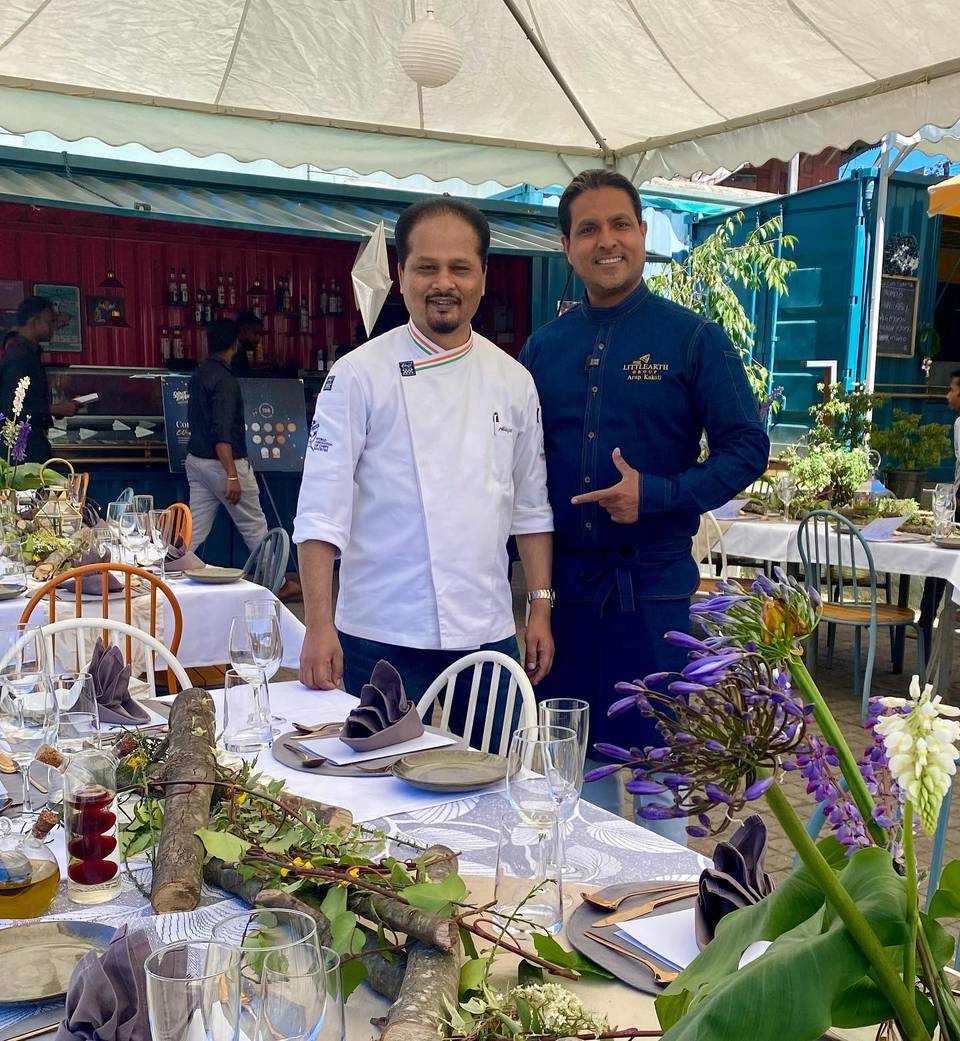Peranakan Food You Have Eaten It, You Simply Did Not Know You Had
As I embarked on this culinary jaunt feeling—forgive me—delightfully jaunty, my plus-one surprised me with, "What's Peranakan?" So before I plunge the fork and spoon into the gravy, here's a bit of Peranakan history.
Aug 21, 2023, 16 50 | Updated: Aug 21, 2023, 17 47
I recently visited Singapore and was very taken by Peranakan culture. The beautiful and colourful shophouses in Joo Chiat (you might recognise them from the movie, Crazy Rich Asians), the uniqueness, yet familiarity of its food, and of course the family values.
Subsequently, I was delighted to receive an invitation from the charming restaurant, Kubo, to review a Peranakan food festival right here in Bangalore. As I embarked on this culinary jaunt feeling—forgive me—delightfully jaunty, my plus-one surprised me with, "What's Peranakan?"
So before I plunge the fork and spoon into the gravy, here's a bit of Peranakan history.
Peranakan culture, also known as Straits Chinese, emerged during the 15th century when Chinese traders intermingled with local Malays across Southeast Asia, primarily within the Straits Settlements. This cultural fusion, characterised by Chinese, Malay, and indigenous influences, is evident in their cuisine, art, attire, and traditions. Today, this vibrant cultural tapestry continues to thrive in countries like Malaysia, Singapore, and Indonesia.
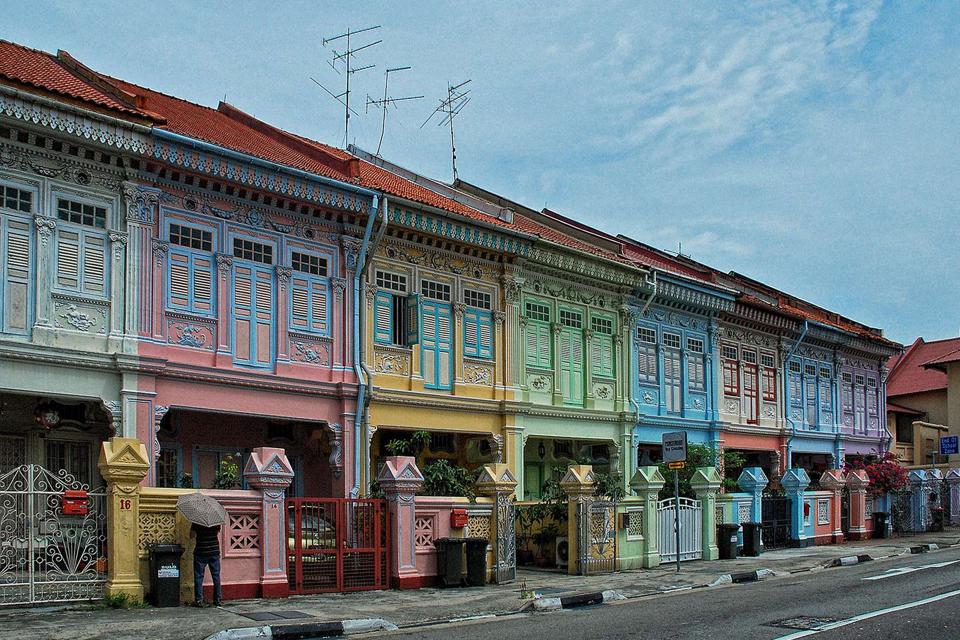
During the 15th century, Ming Chinese naval expeditions under Zheng He's leadership navigated Maritime Southeast Asia. Even prior to Zheng He's expeditions, overseas Chinese migrants had already settled in various parts of this region, contributing to a diverse cultural mix. These Chinese settlers intermarried with locals, forming the unique communities known as Peranakans or Straits Chinese.
About a century earlier, Indian traders journeyed to Malaysia for trade, establishing businesses and intermarrying into affluent Malay families, thereby exerting significant influence. The Peranakans, too, were active traders and bureaucrats—consequently, "Crazy Rich Asians”—as their wealth and influence paralleled that of the contemporary elite. While this level of affluence might remain distant to many—journalists working on journalist salaries, for instance—the amalgamation of Peranakan cultures brings forth the universal language: food.

Much like us, the Peranakans relished in the tactile experience of eating by hand, and their culinary creations were typically served at room temperature. The spectrum of spices used also strikes a familiar chord.
Certain aspects of Peranakan cuisine are recognisable to most, such as rendang paste – the triumph of MasterChef Australia's Sashi Cheliah – the Michelin-starred restaurant Candlenut, and the beloved national dish of Singapore, Hainanese Chicken Rice. As I perused the menu, familiar names like Laksa and Sambal caught my eye – staples that any culinary enthusiast would recognise. Interestingly, during my time in Singapore, I noticed dishes that had graced menus in Bangalore without the label of "Peranakan."
Upon questioning Chef Hem Kumar Srestha of Kubo about this, he explained that while these dishes held popularity, the cultural origin of Peranakan cuisine often went unnoticed. Essentially, what I had just observed. The crux lies in the fact that while the flavours might be recognisable, classifying them as "Peranakan" introduces an element of exoticism and intrigue.
Ok, now to the forks and spoons of it. Or chopsticks.
While Peranakan, for that matter much of Asian cuisine, doesn’t have the Western concept of “starters”, the menu listed the dishes from appetiser to dessert. The Prawn Sambal and the Tamarind Prawn, could very well be eaten with a side of sticky rice and be a wholesome meal on its own.
The Lamb Rendang Buns were soft and rendering to the saucy and tender rendang lamb in the centre. The quirky pickled pineapple served on the side of the baos made for a nice palette cleanser.
But in the main courses, the Peranakan flavours shone. The Nonya Laksa Lemak (quick aside, the women or the “nonyas” did most of the Peranakan cooking, hence the nonya prefix) with its flavourful lemongrass and kefir lime leaves, the pandan leaf flavours in the Hainanese Chicken Rice and the use of tamarind, highlighted all the Peranakan ingredients that make their cuisine one of the most interesting cuisines in South East Asia. My favourite dish was the Char Kway Teow, the Peranakan Phad Thai.

All that said, where was the candlenut? Candlenut is a seed sourced from the mangroves. Sreshta said that it is available in Bangalore and was used in some of the dishes, but it was missing on the menu and the nutty, almond-like, creamy texture and distinct blackness of the candlenut wasn’t distinct to us. Not fully unhappy about it, since candlenut has small traces of cyanide and if not sourced or used correctly, it can be poisonous.
Asif Rai—the personable Senior Captain—arrived with two desserts, the Malaysian Black Rice Pudding and Red Rubies, which wasn’t on the Peranakan pop-up menu, but is a worthy contender. A harmonious blend of coconut cream, black sticky rice, coconut flakes, water chestnuts, and pandan jelly, this dessert challenges the notion that Asian sweets fall short of their Western counterparts.
Nestled within a charming stone edifice—formerly the Jayanagar branch of The Basanvanagudi Co-operative Society—my plus-one and her plus-one (she brought one)—both architects with an eye for posterity—admired the building's beauty as we climbed the staircase leading to Kubo on the terrace floor.
This is like a Peranakan shophouse, we mused together, business below and living upstairs.
The Peranakan Pop-Up at Kubo graces us until September 20th. For more details, peruse the listing on the Explocity Guide:https://bangalore.explocity.com/bangalore-guide/listing/kubo
